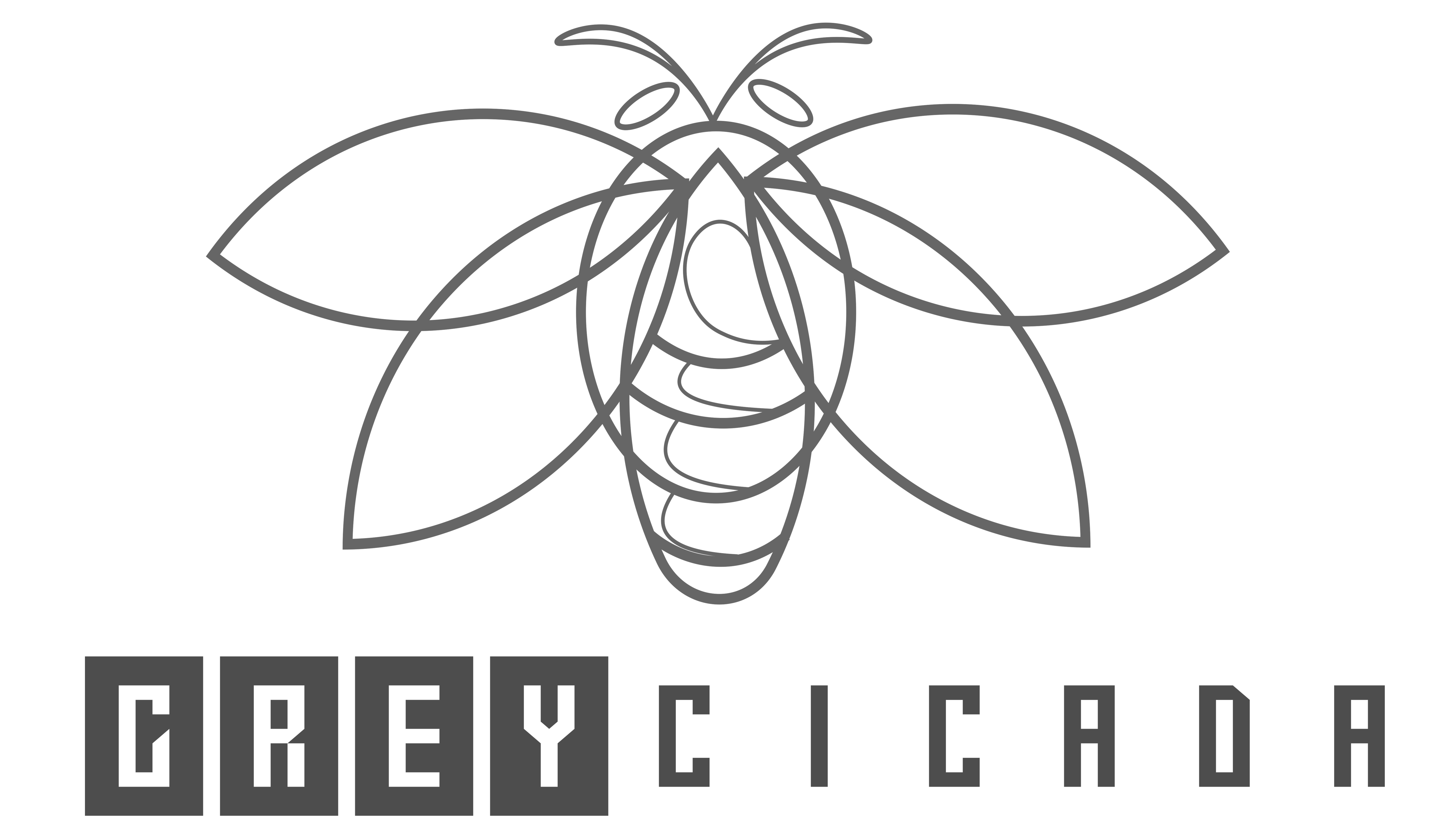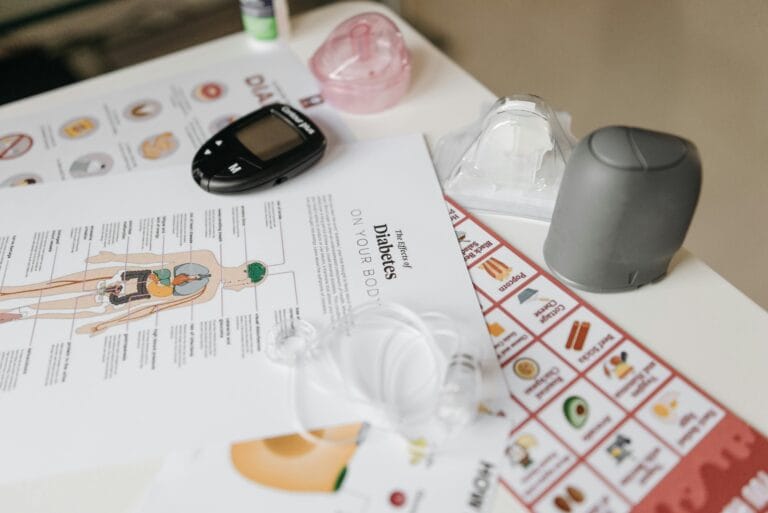FREE SHIPPING OVER $50
Diabetes Alert: Why Sweet Drinks Are WORSE Than Solid Sweets for Your Blood Sugar (And How to Escape!)
It’s a common dilemma: you’re trying to manage your blood sugar, or maybe you’re at risk for diabetes, and you’re carefully watching your intake of sweets like cookies, cakes, and candy. You might even feel like you’re doing a pretty good job. But what if one of the biggest hidden dangers to your blood sugar isn’t sitting on a dessert plate, but in your glass?
This is a Diabetes Alert: many sweet drinks are fundamentally worse than solid sweets when it comes to their impact on your blood sugar and overall health. It’s a surprising truth that might just change the way you look at beverages forever. Understanding why this is the case is crucial for anyone striving for better blood sugar control, preventing diabetes, or simply aiming for a healthier lifestyle.
The Silent Culprit: The Unique Danger of Liquid Sugar

Here’s why sweet drinks are worse than solid sweets for your blood sugar:
- Speed of Absorption: This is the absolute biggest difference. When you consume a solid sweet, your body has to work to break it down. There’s chewing, digestion, and often, the presence of fiber (even in processed foods) that slows down the absorption of sugar into your bloodstream. Sweet drinks, on the other hand, are essentially pre-digested sugar. They bypass much of this process. The sugar hits your bloodstream incredibly fast, causing a rapid and dramatic spike in blood sugar.
- Lack of Satiety: Unlike solid foods, liquid calories often don’t register as “full” in your brain. You can easily down hundreds of calories from a sweet drink without feeling satisfied, leading you to eat more food later. Solid sweets, while often high in calories, typically provide some chewing sensation and a sense of fullness that helps regulate your intake.
- No Fiber: Most sweet drinks lack fiber. Fiber is crucial for slowing down sugar absorption, promoting satiety, and supporting gut health. Without it, the sugar in your drink is absorbed even faster, intensifying the blood sugar spike.
- Hidden Sugars: Many people underestimate the sheer amount of sugar packed into sweet drinks. A single 12-ounce can of soda can contain around 39 grams of sugar – that’s roughly 10 teaspoons! Some larger specialty coffees or smoothies can contain even more.
- Liver Overload: The rapid influx of sugar, especially fructose (common in high-fructose corn syrup used in many sweet drinks), can overwhelm your liver. When your liver can’t process all the sugar quickly enough, it starts converting it into fat, which can accumulate as dangerous visceral fat and contribute to insulin resistance.
The Liquid Sugar Trap: Understanding the Mechanisms
Let’s delve a bit deeper into the specific mechanisms that make sweet drinks such a significant concern for blood sugar and health:
1. The Insulin Rollercoaster
When you consume a sweet drink, the rapid surge of sugar into your bloodstream triggers a massive release of insulin from your pancreas. Insulin’s job is to move sugar from your blood into your cells. If these spikes happen too frequently, your cells can become less responsive to insulin’s signals – a condition known as insulin resistance. Over time, this forces your pancreas to work harder and harder, eventually leading to exhaustion and a potential inability to produce enough insulin, which is a hallmark of Type 2 Diabetes.
2. Increased Fat Storage (Especially Visceral Fat)
The constant insulin surges driven by sweet drinks don’t just contribute to insulin resistance; they also promote fat storage. Insulin is a fat-storage hormone. When blood sugar levels are consistently high, your body is more likely to store that excess energy as fat, particularly the dangerous visceral fat around your organs. This deep belly fat is strongly linked to an increased risk of heart disease, metabolic syndrome, and Type 2 Diabetes.
3. Contribution to Weight Gain
Because sweet drinks don’t make you feel full, they often add “empty calories” to your diet without reducing your intake of other foods. This can lead to a significant surplus of calories over time, directly contributing to weight gain, which is a major risk factor for developing and worsening diabetes.
4. Gut Microbiome Disruption
Some research suggests that the high sugar content and artificial sweeteners in certain sweet drinks can negatively impact your gut microbiome – the trillions of bacteria living in your intestines. An unhealthy gut microbiome is increasingly linked to inflammation, insulin resistance, and poorer blood sugar control.
How to Escape! Practical Strategies for Managing Sweet Drinks
Here are actionable strategies to ditch the dangerous drinks:
- Prioritize Water: This is the easiest and most effective swap. Make plain water your go-to beverage. Keep a reusable water bottle handy throughout the day.
- Unsweetened Tea & Coffee: If you enjoy hot or cold beverages, opt for unsweetened tea (green, black, herbal) or black coffee. Gradually reduce or eliminate added sugar. Try a splash of milk or a tiny bit of natural sweetener like stevia if you need it.
- Sparkling Water with Flavor: Carbonated water with a squeeze of fresh lemon, lime, cucumber slices, or berries can provide a refreshing and satisfying alternative to soda.
- Homemade Infused Water: Add slices of fruit (like orange, lemon, lime, berries) or herbs (mint, basil) to a pitcher of water and let it infuse in the fridge. This adds natural flavor without the sugar.
- Limit Fruit Juice (Even 100% Juice): While 100% fruit juice contains vitamins, it lacks the fiber of whole fruit and can still cause significant blood sugar spikes due to its concentrated sugar content. Treat it like a treat, not a primary beverage. Opt for whole fruit instead for the fiber benefits.
- Avoid Sports Drinks (Unless Actively Exercising Intensely): Most people don’t need sports drinks. They are designed for intense, prolonged physical activity to replenish electrolytes and fast-acting carbs. For casual workouts or daily hydration, they’re just another source of unnecessary sugar.
- Read Labels Carefully: Don’t be fooled by “natural” or “organic” claims. Always check the “Sugars” content on the nutrition label. Look for beverages with 0 grams of added sugar.
- Be Wary of “Diet” Drinks: While artificial sweeteners don’t raise blood sugar directly, some research suggests they might still influence appetite, gut microbiome, and potentially contribute to insulin resistance over time. Use them sparingly, if at all, and focus on truly unsweetened options.
Taking Control: Your Path to Better Blood Sugar and Health
By understanding why sweet drinks are worse than solid sweets and how they uniquely impact your system, you can make informed choices that truly support your health.
Escaping the liquid sugar trap is a powerful step. It might take some adjusting, especially if sweet drinks have been a regular part of your diet. But the payoff – more stable blood sugar, reduced diabetes risk, better weight management, and improved overall health – is worth it. Start making those swaps today, and take control of your blood sugar!
Related Articles
- Cravings OUT! 10 Protein Snacks That INSTANTLY Crush Hunger & Stop Weight Gain
- Unlock Your Leanest Body: 10 Best High-Protein Fish Nutritionists SWAP for Chicken (Game-Changing Meals!)
- Breakfast Game-Changer: This High-Protein Smoothie Bowl Keeps You Full for HOURS (Seriously Delicious!)
- Stop Cravings Cold! The 10 “Clean” Protein Bars That Actually Keep You Full (Trainer Approved!)
- Vegetarian Muscle Secret: How to Hit 80g Protein Daily (No Powder, No Meat!)



